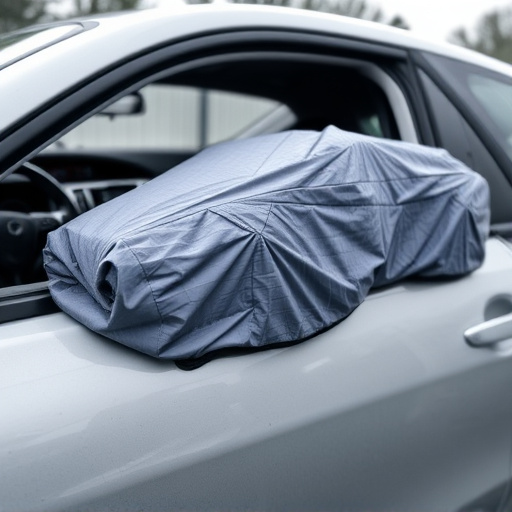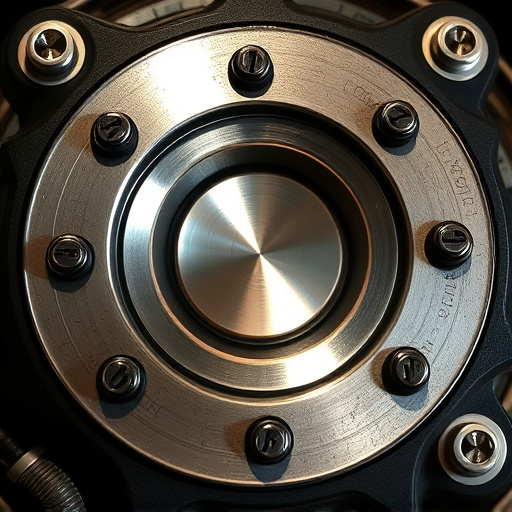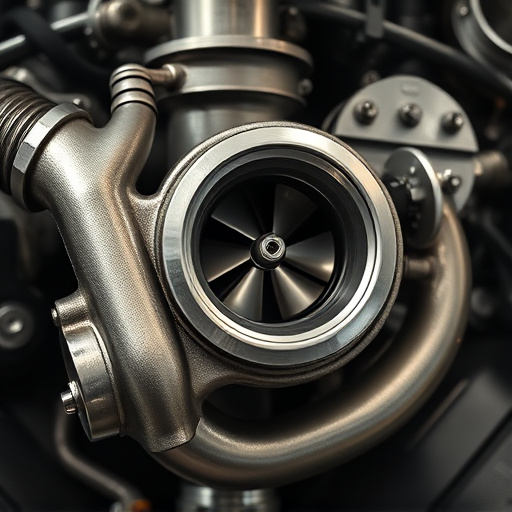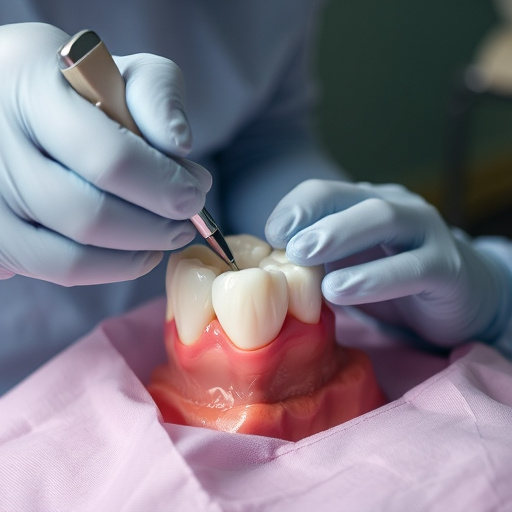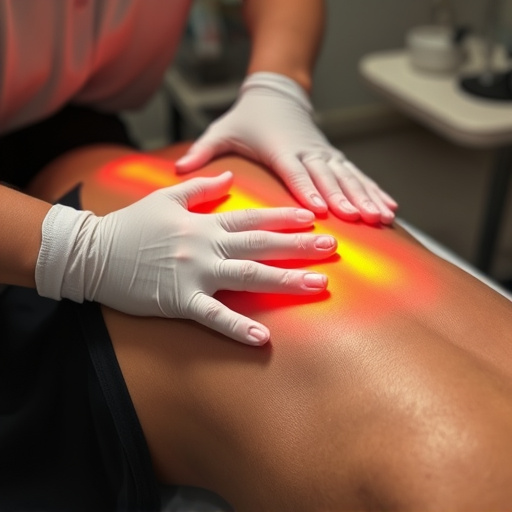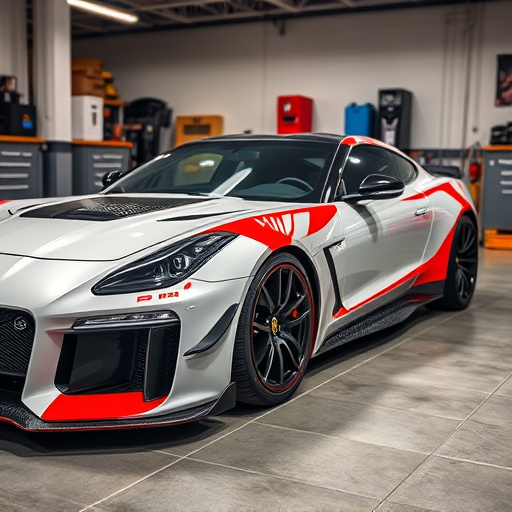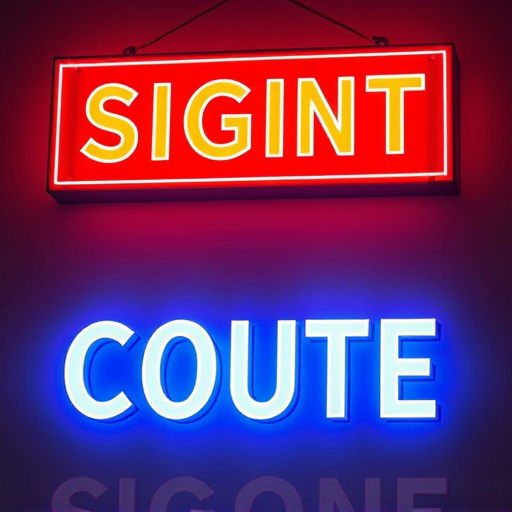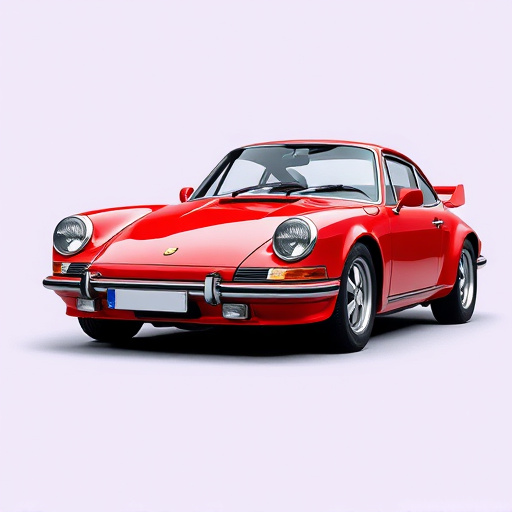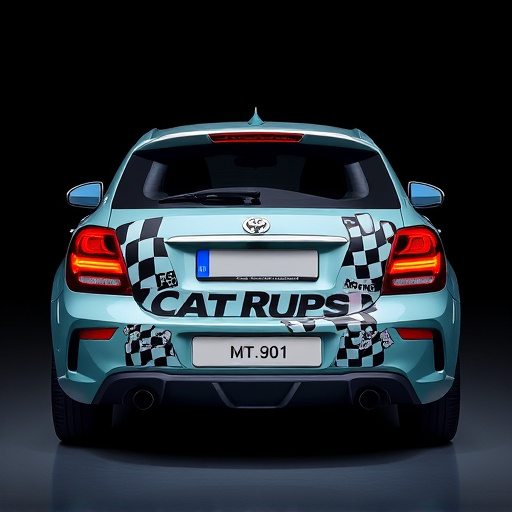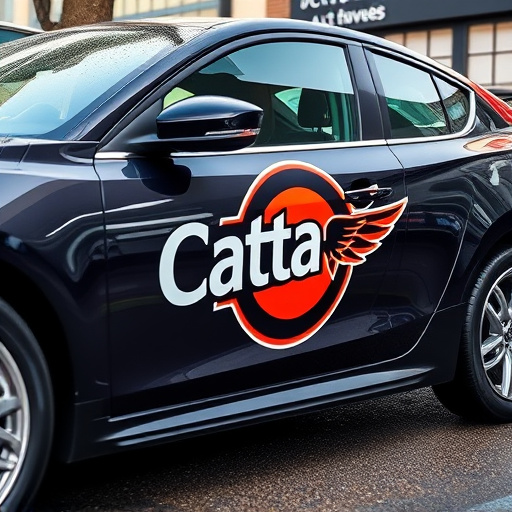Selecting the perfect brochure design printing paper involves matching finish (matte or glossy), weight, and color to purpose and audience. Heavier papers convey professionalism, while lighter options cater to broader audiences. Matte finishes enhance detail visibility, ideal for informational brochures, while glossy finishes attract attention with vibrant colors, suitable for promotional materials. Coated papers offer durability for outdoor uses like vehicle wraps. Thoughtful paper selection ensures your brochure creates a lasting visual and tactile impression.
In the realm of marketing, brochure design printing remains a powerful tool to captivate audiences and convey brand messages effectively. Crafting an impactful brochure involves careful consideration of multiple key elements. From selecting the right paper finish that enhances visual appeal while balancing cost constraints, to structuring content with a strong layout and visual hierarchy that engages readers from the outset.
Moreover, leveraging color theory to evoke specific emotions while maintaining legibility, and ensuring consistent branding throughout, are vital for creating memorable brochures that drive action.
- Choosing the Right Paper and Finish
- – Importance of paper selection in brochure design
- – Types of paper finishes and their effects on visual appeal
Choosing the Right Paper and Finish
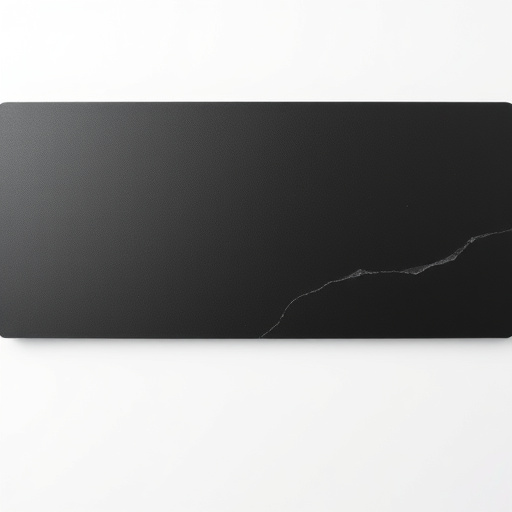
When designing for brochure design printing, selecting the appropriate paper and finish is a crucial step that can significantly impact the overall perception of your marketing material. The choice of paper should align with your brochure’s purpose and target audience. For instance, a high-gloss finish can add a touch of sophistication to luxury brands or events, while a matte surface provides a more subtle and professional look for corporate brochures.
Consider the durability aspect as well; coated papers offer better protection against moisture and dirt, ideal for items like vehicle wraps or vinyl wraps that may come into contact with various elements. The paper’s texture plays a role in how your design will appear; a smooth finish enhances visuals, making images and text more vibrant, while a rougher surface can provide a unique tactile experience. This thoughtful selection ensures your brochure makes a lasting impression, engaging both visual and tactile senses.
– Importance of paper selection in brochure design
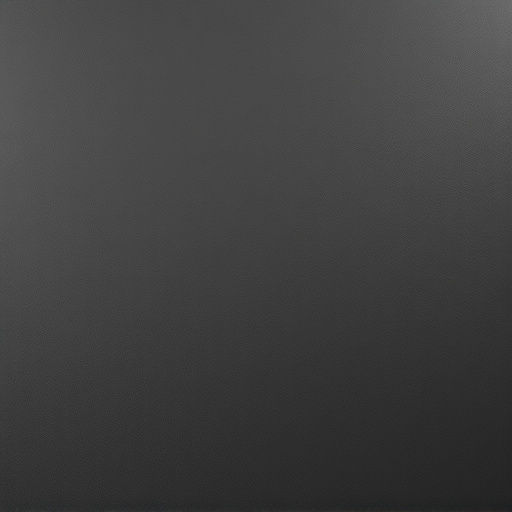
In brochure design printing, paper selection is a crucial element that significantly influences the overall impact and effectiveness of your marketing collateral. The right paper choice can enhance the visual appeal, improve readability, and prolong the life of your brochures. Consider factors such as paper weight, finish (matte or glossy), and color to match your brand identity and intended message. A heavy, high-quality paper with a sleek finish can convey professionalism and sophistication, while a lighter option might be more suitable for promotional materials aimed at a wider audience.
Additionally, incorporating features like custom graphics and UV protection can elevate the brochure design printing experience. Custom graphics allow you to showcase unique visuals that capture attention and communicate complex information in an engaging manner. UV protection is another valuable consideration, especially when using vibrant colors or images prone to fading over time. This protective coating ensures longevity and maintains the brochures’ visual quality, even under direct sunlight or harsh lighting conditions, such as those often found in window tinting applications.
– Types of paper finishes and their effects on visual appeal

In brochure design printing, the choice of paper finish plays a significant role in enhancing visual appeal and overall impact. Different finishes offer unique textures, reflecting light differently to create various effects. For instance, matte paper provides a subtle, non-reflective surface that’s ideal for showcasing detailed graphics and text without glare, making it suitable for artistic or informative brochures. Glossy paper, on the other hand, offers a vibrant, shiny finish that draws attention to images and colors, perfect for promotional materials aimed at catching the eye of potential clients.
When considering premium automotive services, vehicle wraps, or ceramic window tinting brochures, the right paper finish can make all the difference. A high-gloss finish can highlight the rich colors and intricate designs often associated with these services, while a matte finish might better suit informational pieces that prioritize readability and a sophisticated look. Choosing the appropriate finish is key to creating an engaging brochure that resonates with your target audience.
Effective brochure design printing goes beyond aesthetics; it’s about crafting a visually appealing and engaging tool that conveys your message. By carefully selecting high-quality paper and exploring various finish options, you can create brochures that not only captivate but also leave a lasting impression on your audience. Remember, the right choice in paper and finish can significantly enhance the overall impact of your brochure design.


